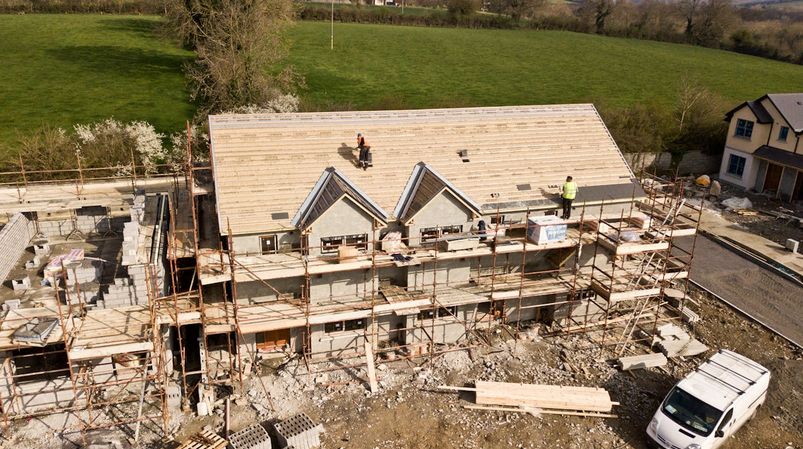Are you tired of staring at that old, unused pool taking up space in your backyard? Many people are grappling with the decision to remove their pools for a variety of reasons. From safety concerns to aesthetic upgrades, pool demolition is more common than you might think. Demolition companies in Phoenix can be a great resource for homeowners looking to reclaim their outdoor space.
See, if you choose to finally get rid of your pool, you can’t just drain it and fill it in. Pool demolition is an intricate and complicated process that requires the services of a professional demolition company in Phoenix. But when hiring them, you should know what you’re getting into. Here are some things most homeowners don’t know about Phoenix pool demolition.
Partial vs. Full Removal
When it comes to pool demolition, homeowners face a crucial choice: partial or full removal. Each option has distinct implications for your property. Partial removal involves dismantling the pool structure while leaving a portion of it behind. This might be appealing if you wish to retain some features, like a deck area or landscaping elements. However, this approach can lead to unexpected maintenance challenges down the line. On the other hand, full removal means taking out every last bit of concrete and debris. It provides a clean slate for future projects but requires more extensive work upfront. That’s why you need to consider your long-term plans for your yard before deciding.
Caliche Soil Challenges
Caliche soil presents unique challenges for homeowners considering pool demolition in Phoenix. This type of soil is characterized by a hard, compacted layer that can make excavation tricky. When digging into caliche, equipment may struggle to penetrate the surface. It often requires specialized tools or techniques to break through effectively. Homeowners might face unexpected delays as contractors navigate this tough material. Moreover, once the pool structure is removed, the caliche can lead to drainage issues. Its density makes it difficult for water to permeate properly. This could create standing water and affect future landscaping efforts.

Permit Surprises
When tackling pool demolition, many homeowners overlook the importance of permits. Navigating local regulations can feel like a maze. Each municipality has its own set of rules regarding construction and demolition. This means what applies in one area may not apply in another. Homeowners often assume that because they are removing an existing structure, no permit is needed. However, this isn’t always the case. Failing to secure the right permits can lead to hefty fines or even delays in your project. It’s essential to check with your local building department before starting any work. They can provide guidance on what documentation you’ll need and help you understand potential restrictions.
Material Options
Crushed stone is popular for its drainage capabilities. It helps prevent water pooling and supports the ground above. Sand offers another route. It’s easy to work with and provides good compaction when layered properly. However, it may shift over time without proper stabilization. For those looking for an eco-friendly solution, consider using recycled concrete or asphalt.
Landscaping Aftermath: How to Restore Your Yard
Once the pool is gone, your yard will likely need some serious TLC. The demolition process can leave behind a patch of dirt or uneven terrain that needs attention. Here’s how to restore your outdoor space and make it beautiful again. Start by assessing what you have left. You may find areas where the soil has settled or compacted. Leveling out these spots is crucial for any future landscaping plans. You might want to add topsoil to create an even surface, which helps with drainage as well. Next, think about reintroducing grass or plants in the area where the pool once stood. Choose a type of sod that suits your climate, Phoenix can be hot, so opting for drought-resistant varieties is wise.



